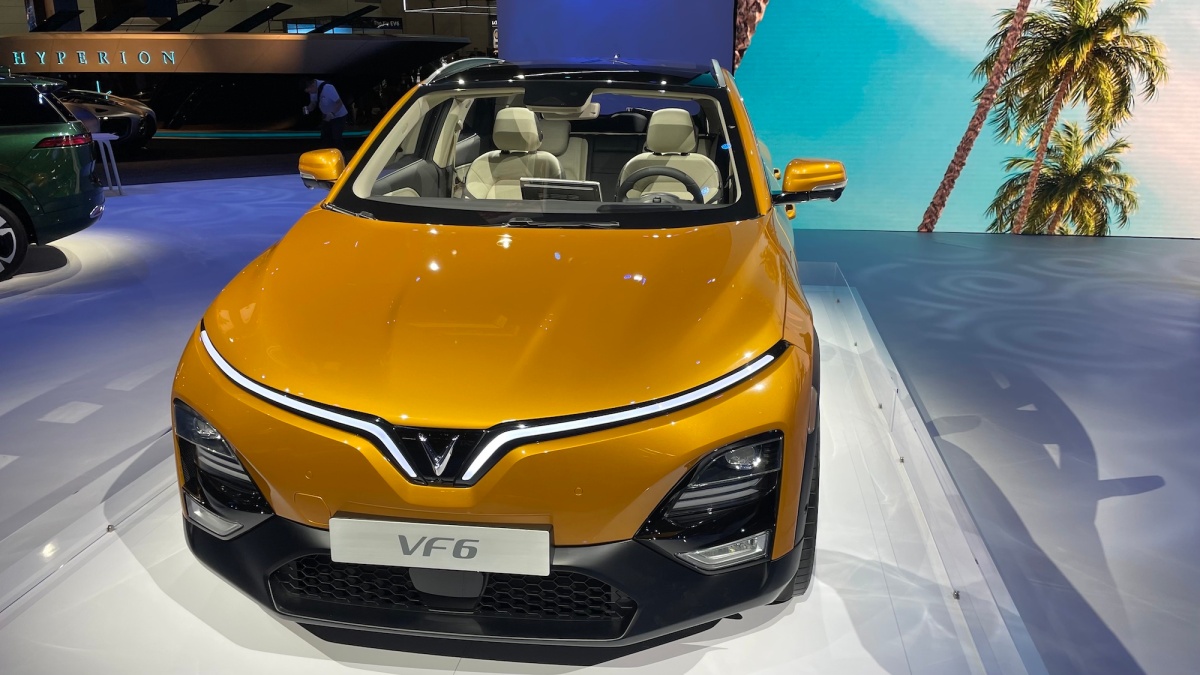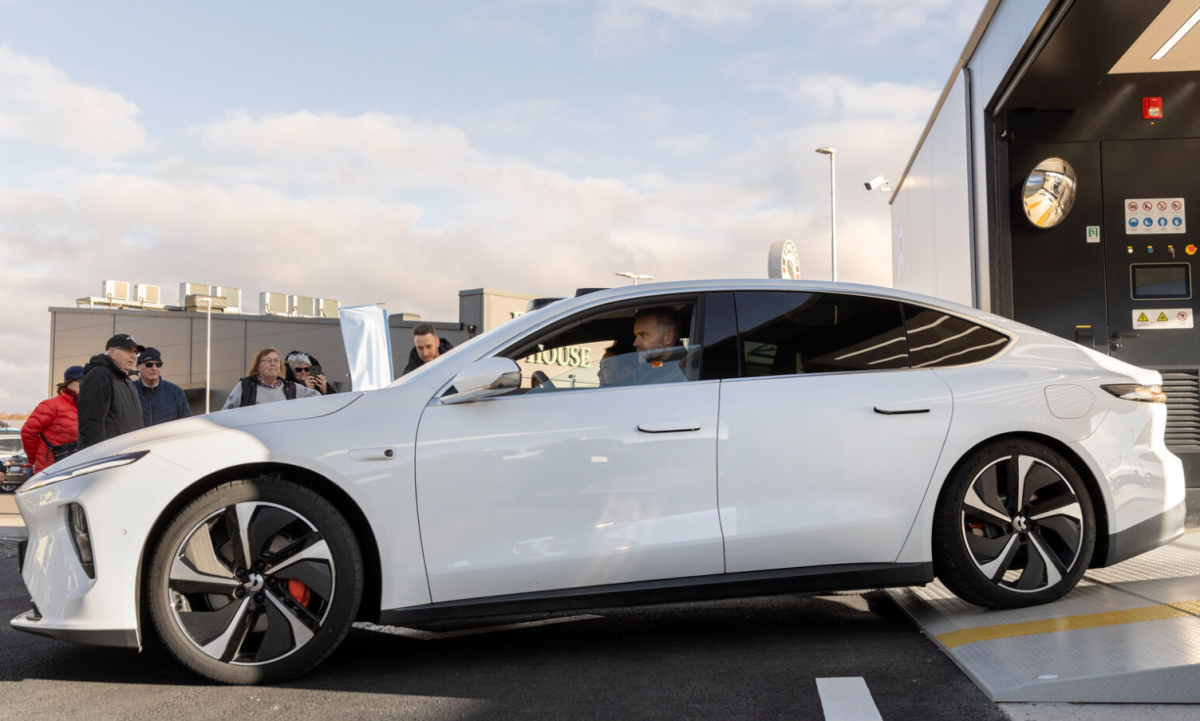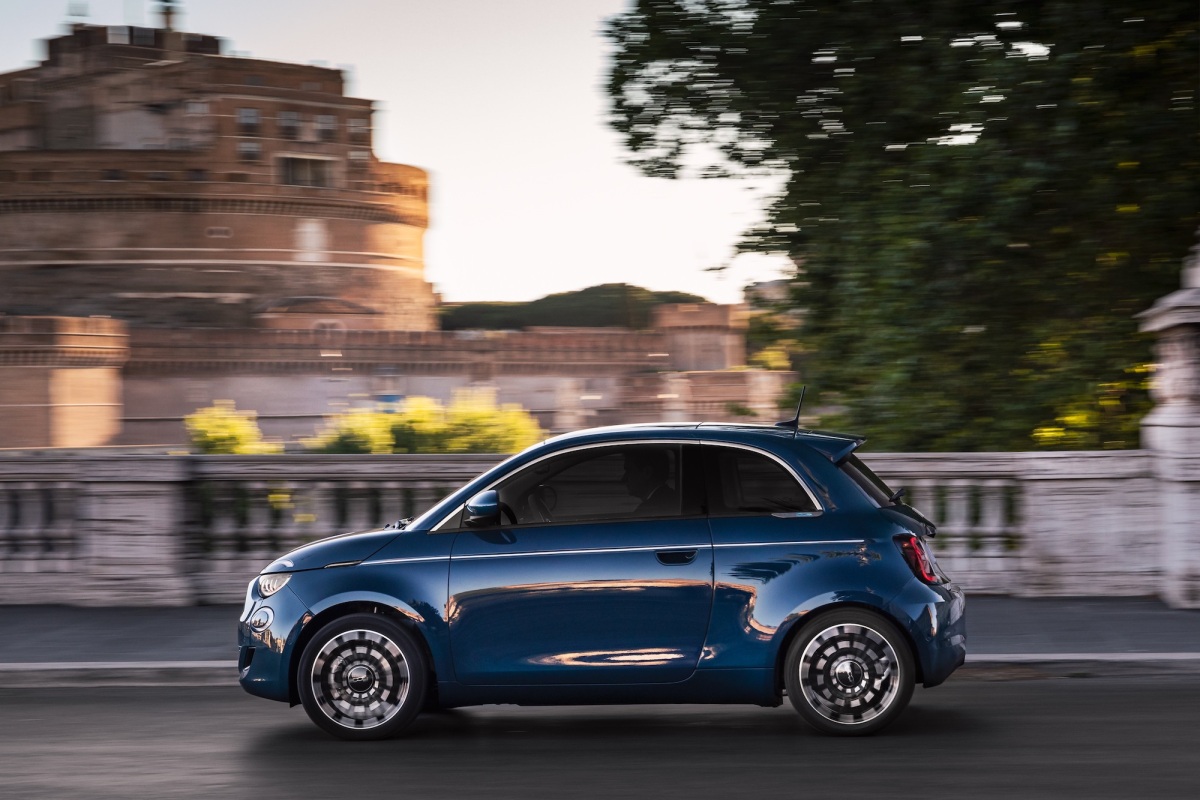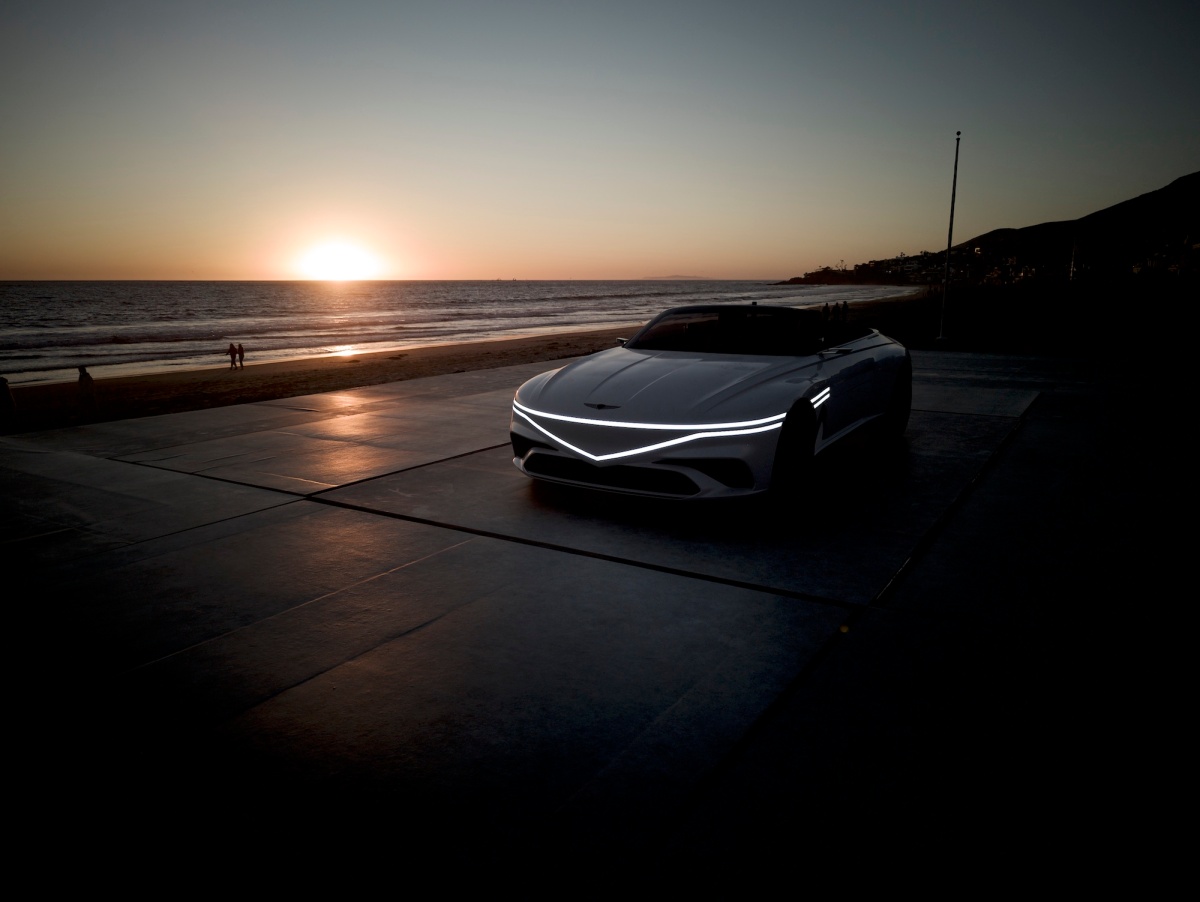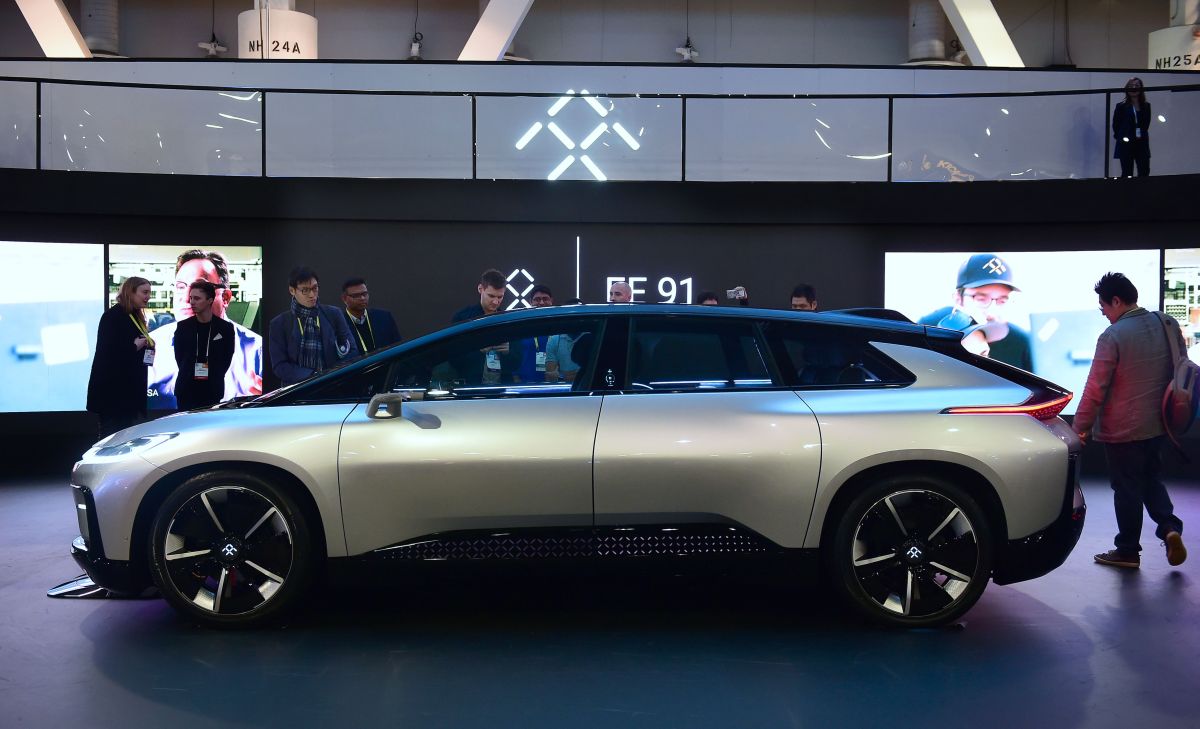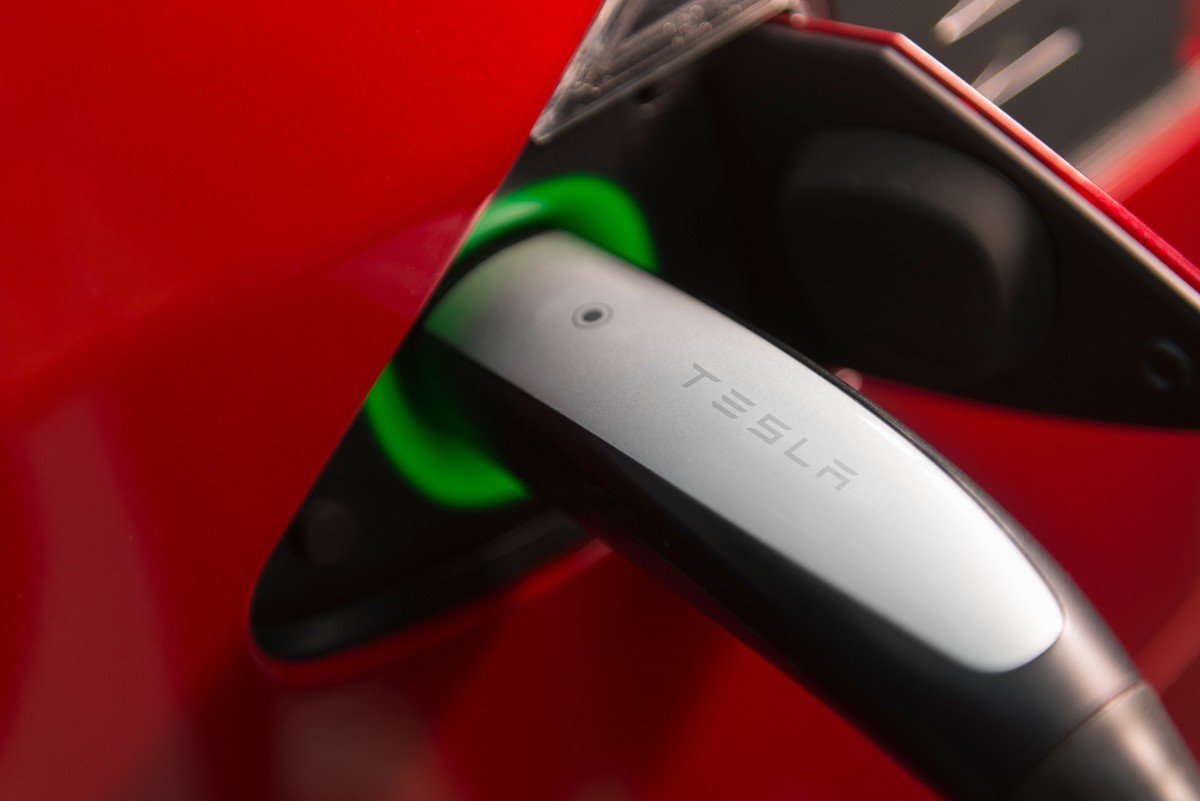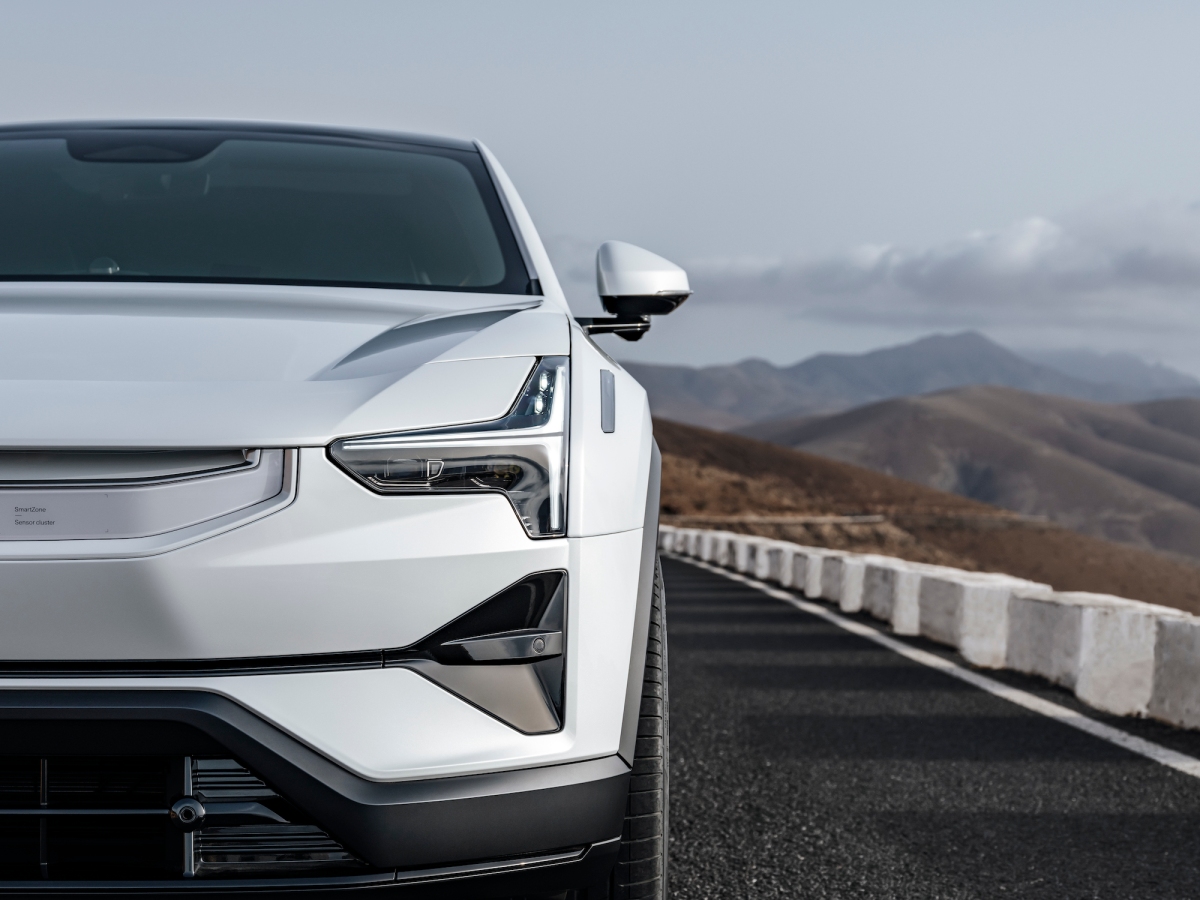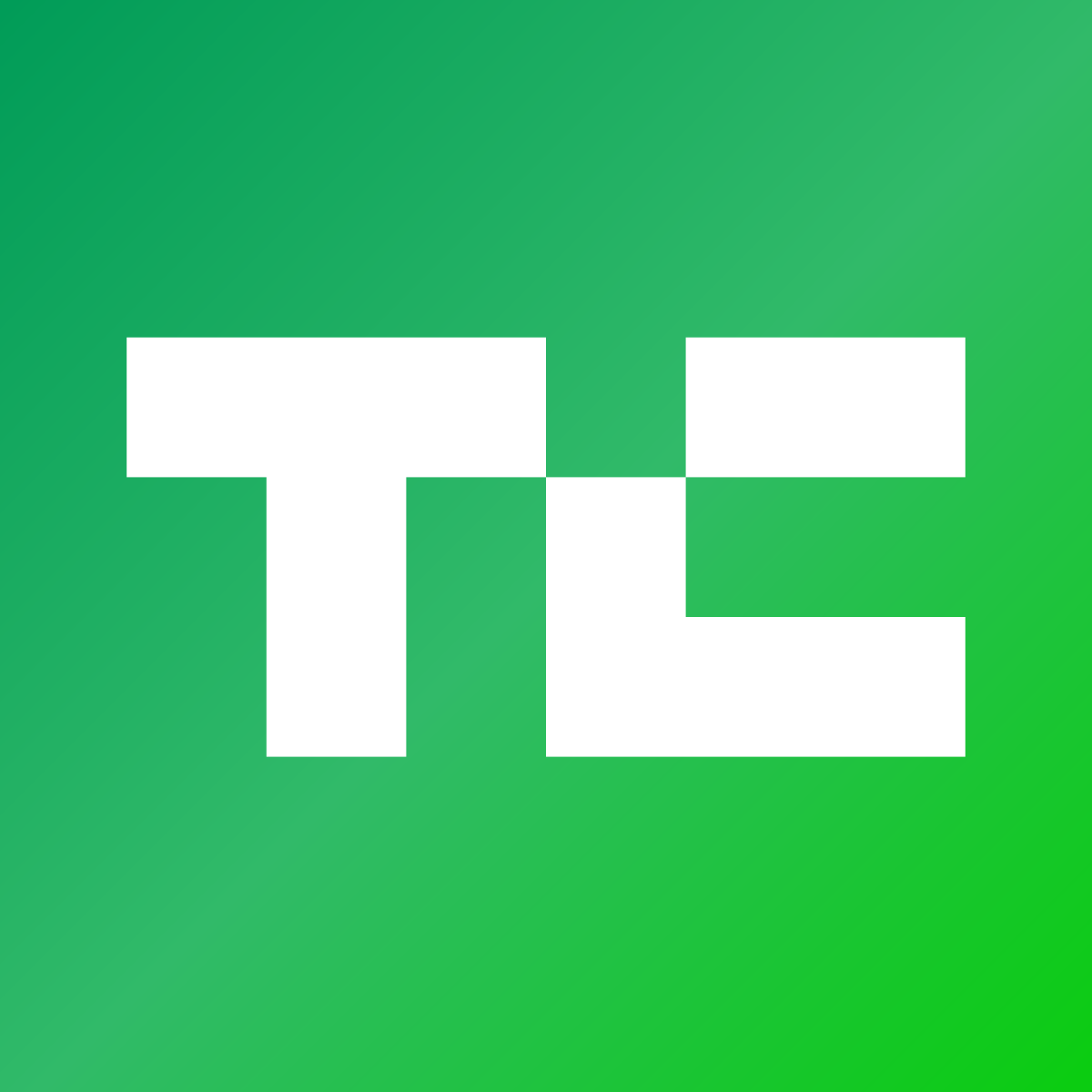VinFast’s bid to attract U.S. buyers includes 4 all-electric SUVs and maybe a sports car • ZebethMedia
VinFast showcased four battery-electric SUVs at the LA Auto Show this week and even hinted at a sports car as the Vietnam-based automaker pushes ahead with its plan to break into the U.S. market. The four EVs, which ranged in size from small five-passenger crossovers to large 7-passenger SUVs, is part of the company’s effort to resonate with U.S. consumers. In an EV market that now has just about every automaker jumping in, it may take more than simply offering SUVs. Although choice is part of the plan, according to Craig Westbrook, the Chief Service Officer of VinFast U.S. Vinfast’s plan is to flood the space with plenty of options so that Americans get familiar with the new brand, Westbrook told ZebethMedia. The executive also hinted that by this time next year, VinFast may show off a sports car for the U.S. market. “We need a product offensive,” Westbrook said in an interview at the LA Auto Show. “We need to come to market strong. We don’t need to trickle down or ease out models and buying opportunities for the few. So within probably less than a 12-month period, you’ll have all four models, all SUVs across these four major size and price segments.” Vinfast expects to bring two SUVs, the VF6 and VF7, to market by early 2023. The VinFast SUVs Vinfast VF6 VinFast showed off the VF6, VF7, VF8, and VF9 at the LA Auto Show, and offered ride alongs in the five passenger VF8 outside the convention center. Unlike last year’s auto show, where the company showed off global vehicles the VFe36 and VFe35 with no interiors, the VF6 and VF7 had interiors that customers and media could poke around to get a feel for what the new-to-the-U.S. company might deliver. In the two short laps around the tiny test track in front of the LA Convention Center the VF8 felt like any other EV crossover — the weight of the battery pack that VinFast estimates will get up to 292 miles of range, is apparent, especially over uneven bumps. The vegan leather interior and large central screen make the interior feel luxurious and surprisingly ample. A large dual pane roof makes the backseat feel spacious and open, and the ride in the rear is equally engaging. Westbrook said that the VF8 and VF9 vehicles are currently on their way to the U.S. and should be delivered to buyers in early 2023. Globally, VinFast says its taken 65,000 reservations for the VF8 and VF9, but the company didn’t have a specific breakdown for North America at the time of our interview. Most of those orders are coming to California, according to Westbrook, and customers, are according to Westbrook’s observation, are mostly those who are making the first time EV-leap. California focused “Most of the pre-orders have taken place here, [California],” Westbrook said. “California is easy. This is where headquarters are and where a port is, and so, we’re going to serve these customers first. Obviously we want to look at all our customers, but that’s going to be the first way that we can try to splash into the market is effectively as possible.” VinFast currently has six retail locations open in California, all located in shopping malls where people can come in and check out the vehicles, much like a Tesla store. Westbrook says that some of the first vehicles coming off the boat from Vietnam will go to stores so that more potential customers can get into the vehicles and test drive them. Westbrook said that many of the reservation holders have not come to the point in the buying journey where they have to decide between opting for the company’s somewhat controversial battery leasing program, or buying their vehicle outright. When asked about the reception that reservation holders had to the battery leasing option, Westbrook said “We’ve seen sort of growing acceptance and interest in the option.” During the presentation at the LA Auto Show, Westrbook noted that Vinfast recently took an order for 2,500 vehicles from the car subscription company, Autonomy, which generally deals only in Teslas. New warranty and service options VinFast’s goal is to make the transition to battery-electric as barrier free as possible for new customers. Westbrook said, and to that end, the company announced more details of its bumper-to-bumper warranty, offering an industry-leading 10-year and 125,000-mile of coverage and a 10-year, unlimited mile battery warranty that the company says is designed to offer EV customers peace of mind as they transition to electric driving. The company also announced a mobile service that will come to customers or offer ride share options if customers get stranded. “I would say that when it comes to quality, people have an expectations, and we have to meet them,” Westbrook said “We do understand that that when you purchase car over here and our service point is over there, you may not want to come to us. So we can help you, right? And that’s part of our model. It’s not being forced into something. We realize that’s what you want as a customer.”
